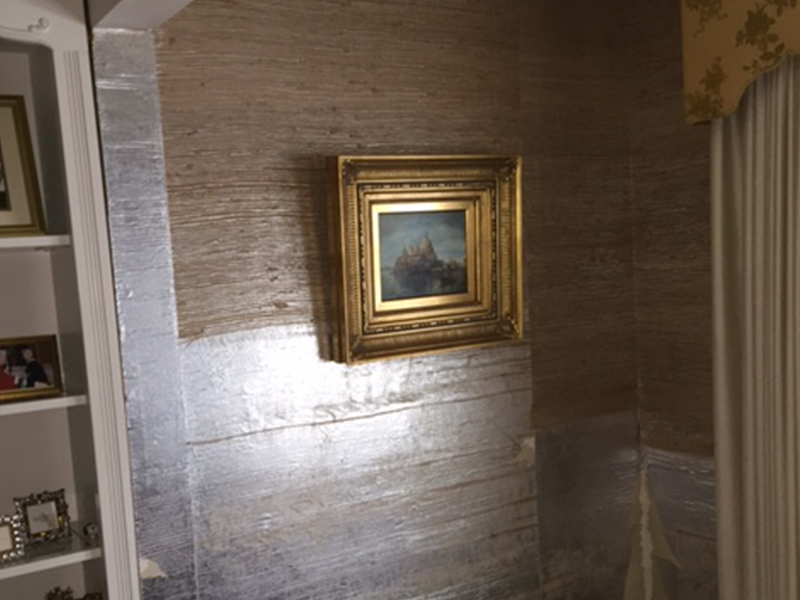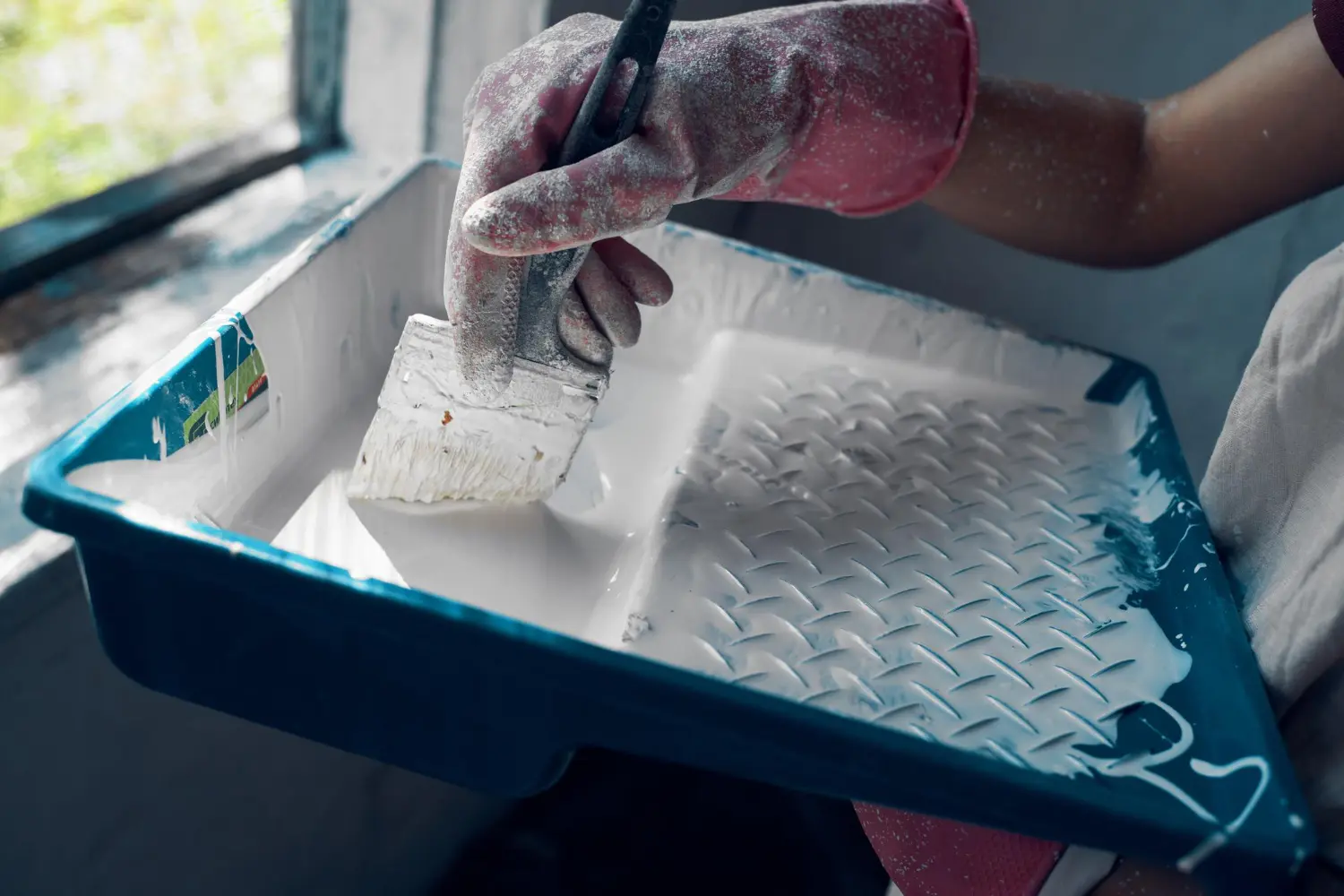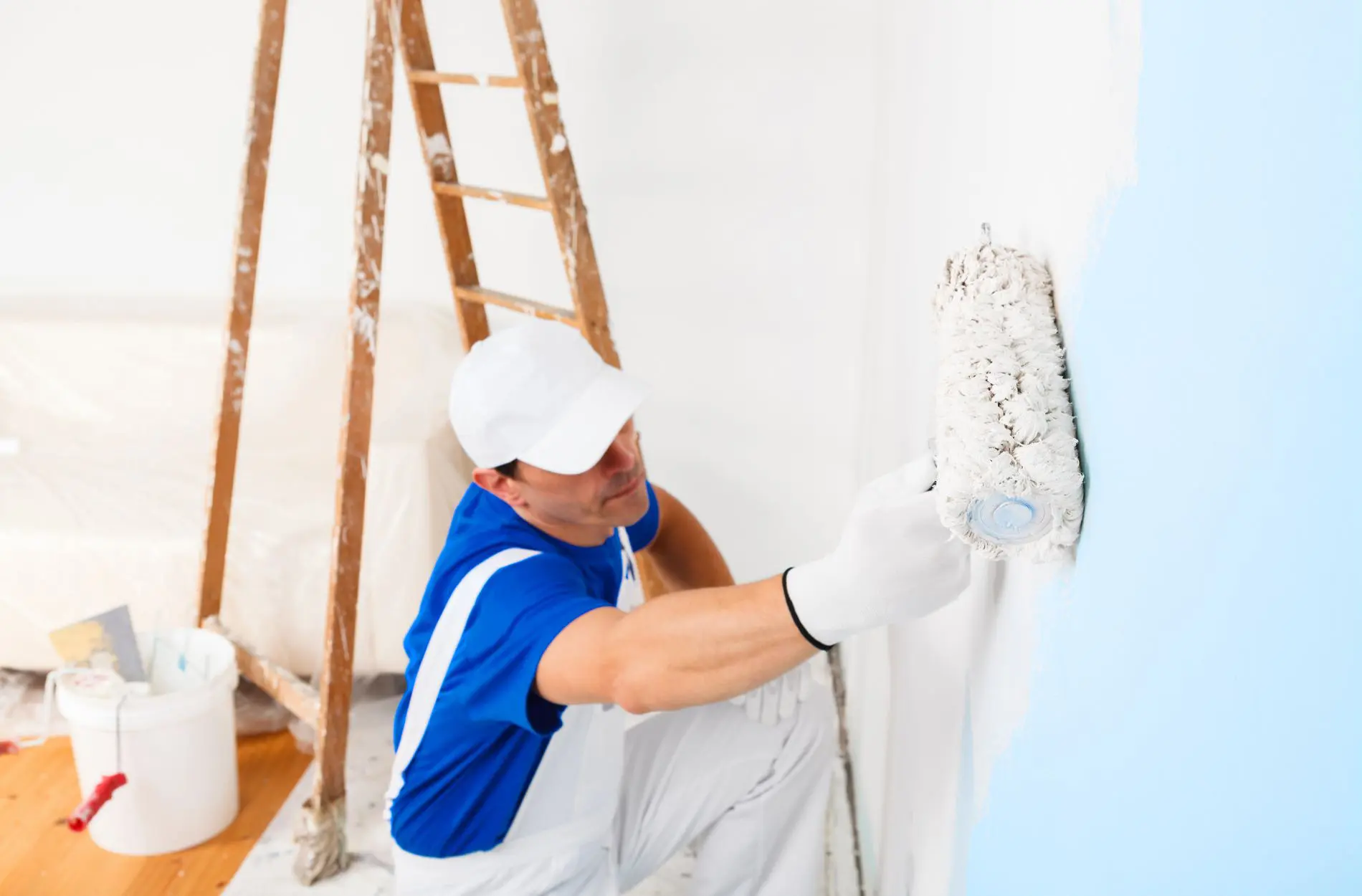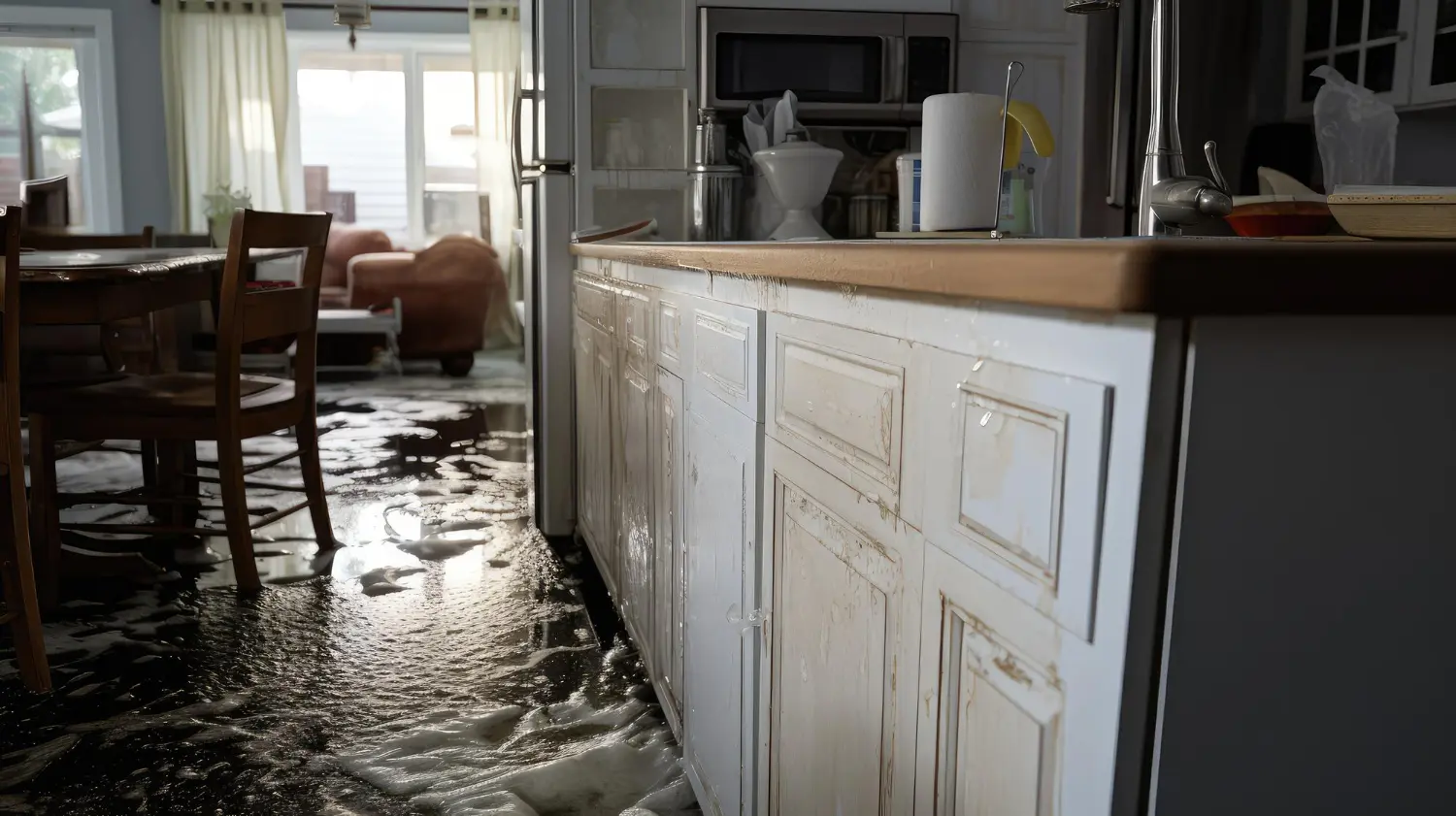How to Prevent and Fix Paint Bubbling on Your Wall

Paint bubbling is a common issue that many homeowners face, and it can be frustrating to see the flawless finish you worked hard to achieve marred by unsightly bubbles. Fortunately, there are steps you can take to prevent paint bubbling and effective methods to fix it when it does occur. In this article, we will explore practical tips and techniques to help you maintain a smooth and beautiful paint job on your walls.

-
Ensure Proper Surface Preparation:
One of the primary causes of paint bubbling is inadequate surface preparation. Before applying paint, it is crucial to thoroughly clean the walls to remove dirt, dust, grease, and any existing loose or flaking paint. Use a mild detergent and water solution, followed by rinsing and allowing the surface to dry completely. Additionally, if there are any cracks or holes, patch them with a suitable filler and sand the area smooth before painting.
-
Choose High-Quality Paint and Primer:
Investing in high-quality paint and primer is essential to prevent paint bubbling. Inferior paints or using a paint type that is not suitable for the surface can lead to adhesion problems and eventual bubbling. Opt for paints that are specifically designed for the type of surface you are painting, whether it’s drywall, wood, or masonry. Additionally, using a primer before applying paint helps to create a smooth, even surface and enhances paint adhesion.
-
Apply Paint Correctly:
Proper paint application technique plays a vital role in preventing paint bubbling. Avoid applying paint too thickly, as this can trap air and moisture, leading to bubbles. Instead, apply thin, even coats, allowing sufficient drying time between each layer. Follow the manufacturer’s instructions regarding drying times and recommended application methods, such as using a brush, roller, or sprayer.
-
Maintain Optimal Humidity and Temperature Levels:
Excessive humidity and extreme temperature fluctuations can contribute to paint bubbling. High humidity levels can prevent proper drying of paint, while drastic temperature changes can cause expansion and contraction of the surface, leading to adhesion issues. Ensure adequate ventilation in the room and consider using a dehumidifier in humid environments. Additionally, avoid painting in extreme temperatures and choose a time when the conditions are optimal for drying.
-
Fixing Paint Bubbles:
If you notice paint bubbles on your walls, it’s essential to address the issue promptly to prevent further damage. Start by assessing the extent of the bubbling. For small bubbles, gently scrape away the affected area with a putty knife or sandpaper. Then, patch the area with a suitable filler and sand it smooth before repainting. In cases where the bubbles are extensive or the paint is severely compromised, it may be necessary to remove the entire affected section and repaint it entirely.
Conclusion:
Paint bubbling can be a frustrating problem that detracts from the aesthetic appeal of your walls. By following proper surface preparation techniques, using high-quality paint and primer, applying paint correctly, maintaining optimal humidity and temperature levels, and addressing paint bubbles promptly, you can prevent and fix paint bubbling effectively. Remember, attention to detail and patience in the painting process are key to achieving a flawless and durable finish. With these tips in mind, you can enjoy beautifully painted walls that enhance the overall look and value of your home.










